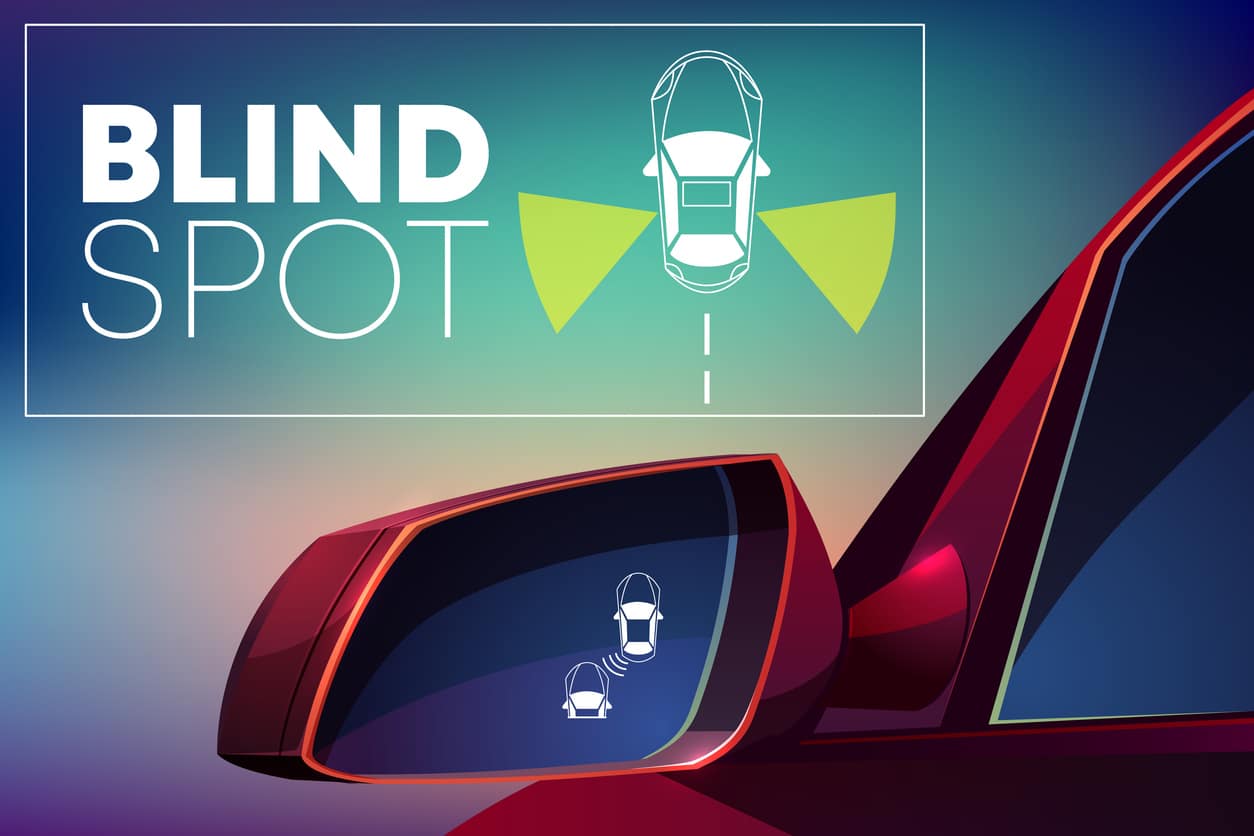The U.S. government is overhauling its vehicle safety ratings, introducing advanced driver-assistance technologies and pedestrian safety measures for the 2026 model year. The National Highway Traffic Safety Administration (NHTSA) announced the changes Monday, fulfilling requirements outlined in the 2021 bipartisan infrastructure law.
Updated Safety Features
NHTSA’s revised ratings will evaluate vehicles on several new technologies, including:
- Pedestrian automatic emergency braking
- Lane-keeping assist
- Blind spot warning and intervention These features aim to prevent crashes or mitigate their severity for pedestrians and other road users.
The agency is also enhancing performance standards for existing technologies such as automatic emergency braking. Transportation Secretary Pete Buttigieg emphasized that the updates reflect a shift in focus from crash survivability to crash prevention and pedestrian safety.
Consumer Information Changes
Under the updated system, vehicles will retain the existing five-star crash test ratings. However, buyers will also see additional indicators, such as green checkmarks, on NHTSA’s website to signify that a vehicle includes and meets the new safety standards. Initially, features will be graded on a pass/fail basis, with a scoring system introduced later for more detailed comparisons.
Automaker Compliance and Standards
The new rules will encourage automakers to accelerate the adoption of advanced safety features. These features can be offered as standard or optional equipment. Automatic emergency braking, for example, will be mandatory on all passenger vehicles by 2029 and must meet stricter standards.
Additionally, the agency plans to implement pedestrian safety design standards similar to those in Europe. These standards will address potential injuries to pedestrians struck by vehicles at speeds of 25 mph.
Industry and Safety Advocacy Responses
The Alliance for Automotive Innovation, a major industry trade group, acknowledged the importance of the updates but called for more regular revisions to drive sustained investment. Safety advocates, including Cathy Chase, president of Advocates for Highway and Auto Safety, welcomed the changes but urged further action. Pending technologies, such as impaired driving prevention systems and seat belt reminders, remain on their wish lists.
Historical Context and Traffic Fatalities
NHTSA noted that previous updates to the crash test ratings, introduced in 2008, contributed to reductions in crashes, injuries, and fatalities. Between 2001 and 2021, deaths inside vehicles dropped from 32,043 to 26,325. However, pedestrian fatalities rose by 51% over the same period, highlighting the need for improvements.
In 2022, nearly 41,000 people died in traffic crashes nationwide, a 3.6% decline from 2021. Fatalities peaked in 2021, with a 10.5% increase attributed to increased post-pandemic travel.
The new safety standards are part of a broader effort by the Department of Transportation to implement additional regulations before the end of President Biden’s term. According to Secretary Buttigieg, these efforts aim to deliver impactful safety improvements and respond to evolving transportation needs.













